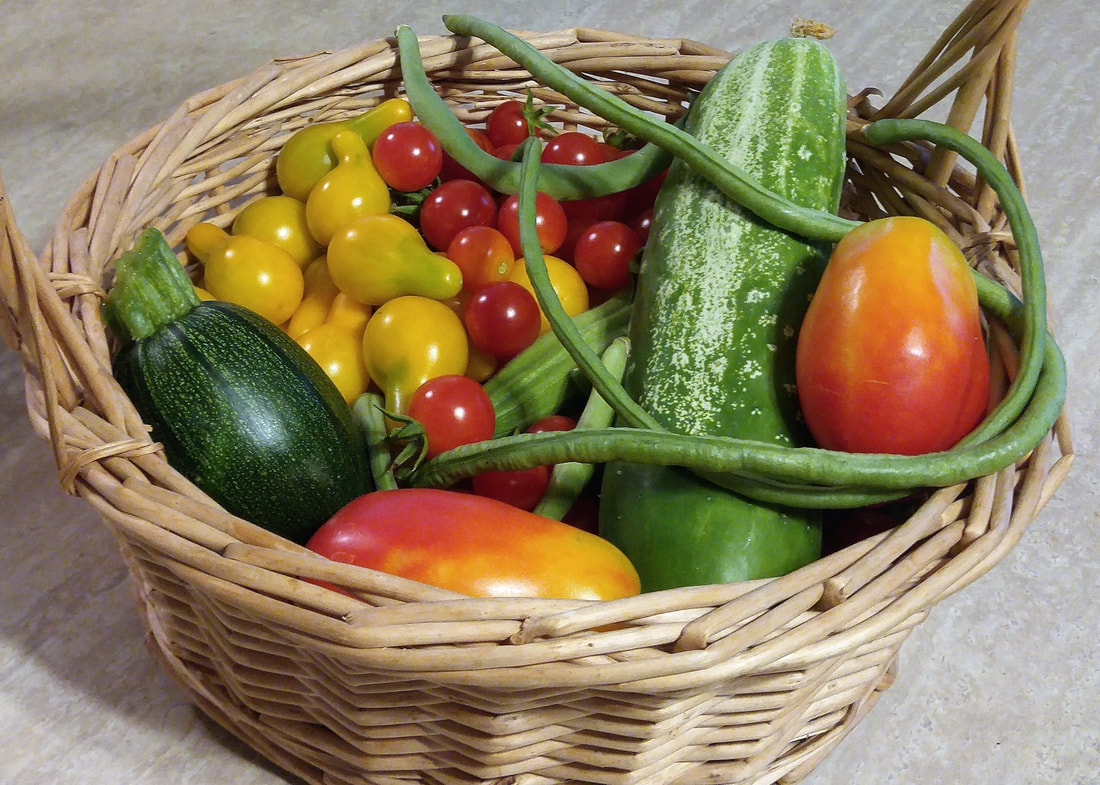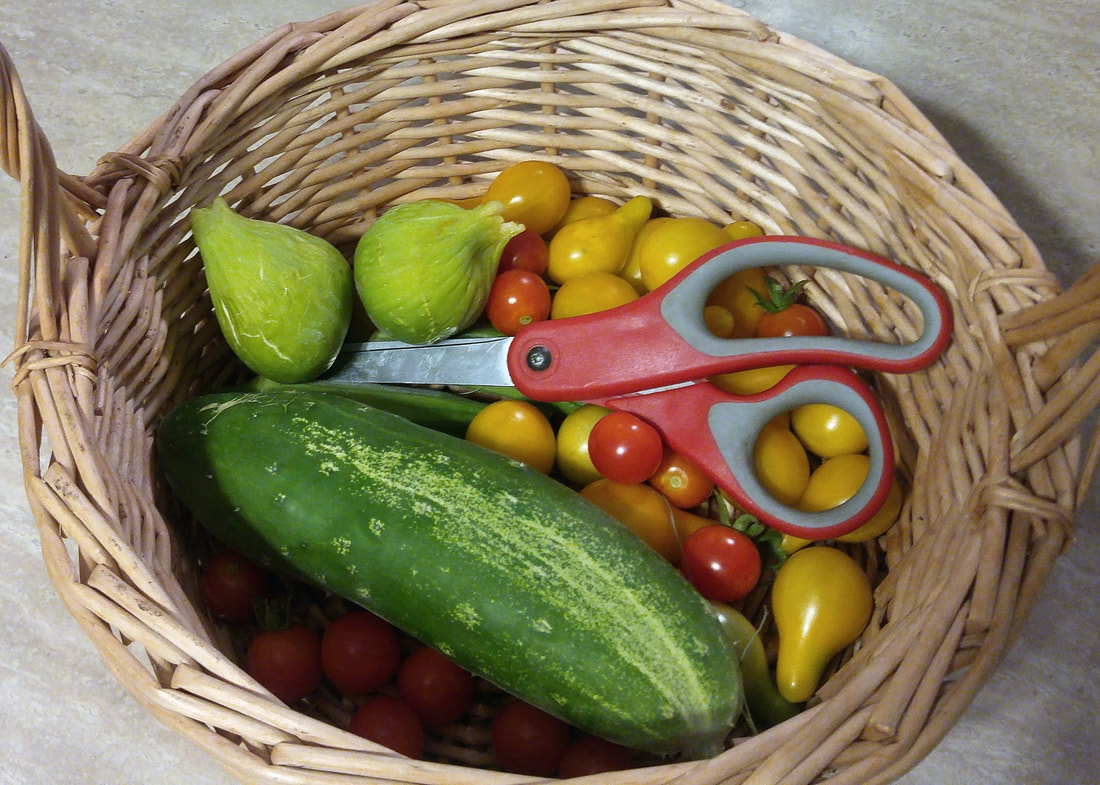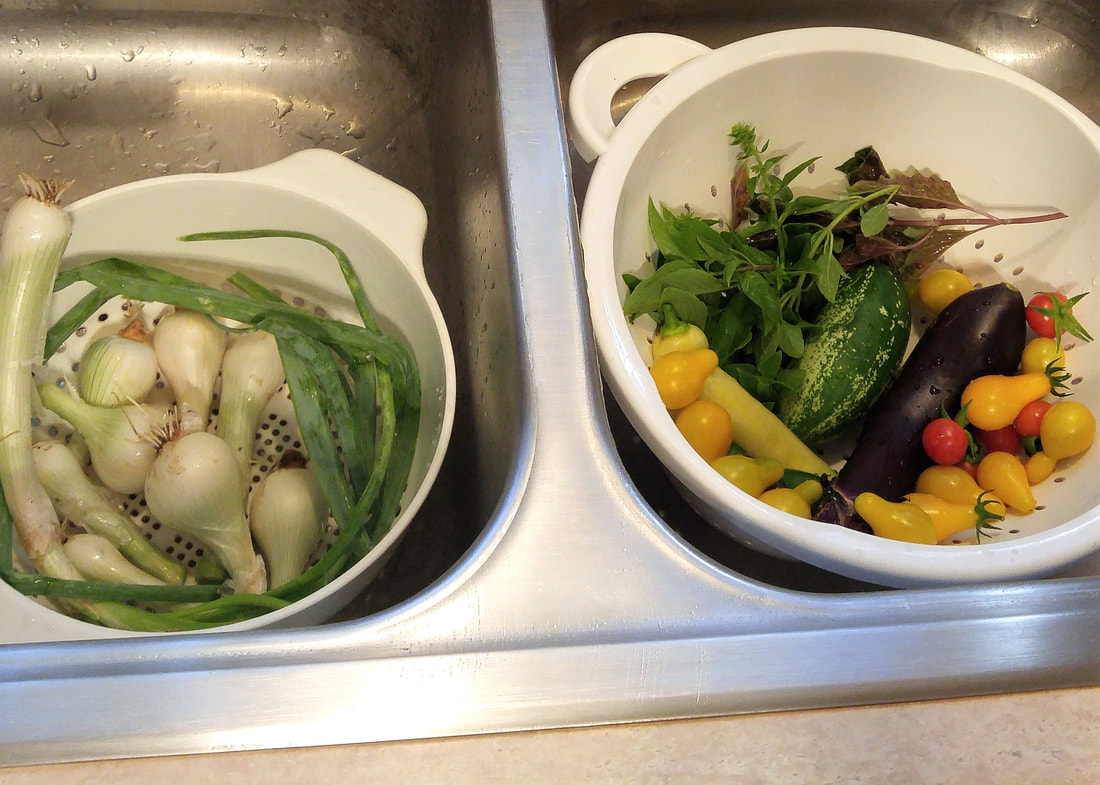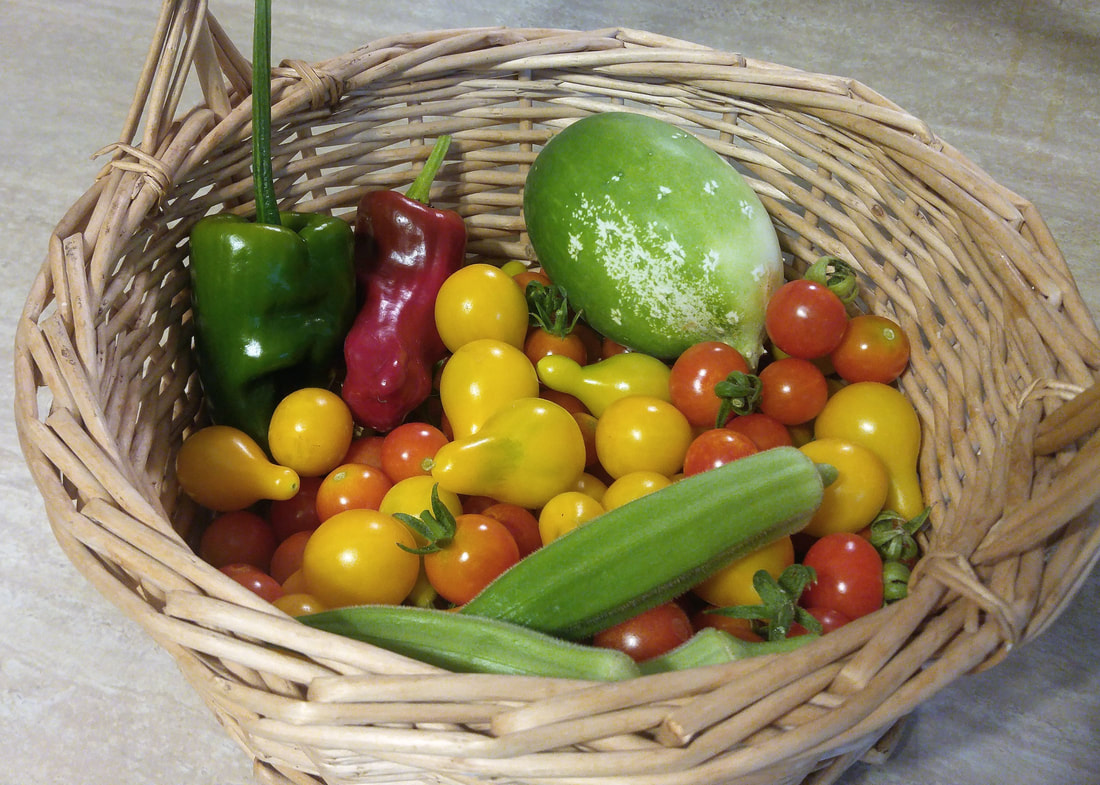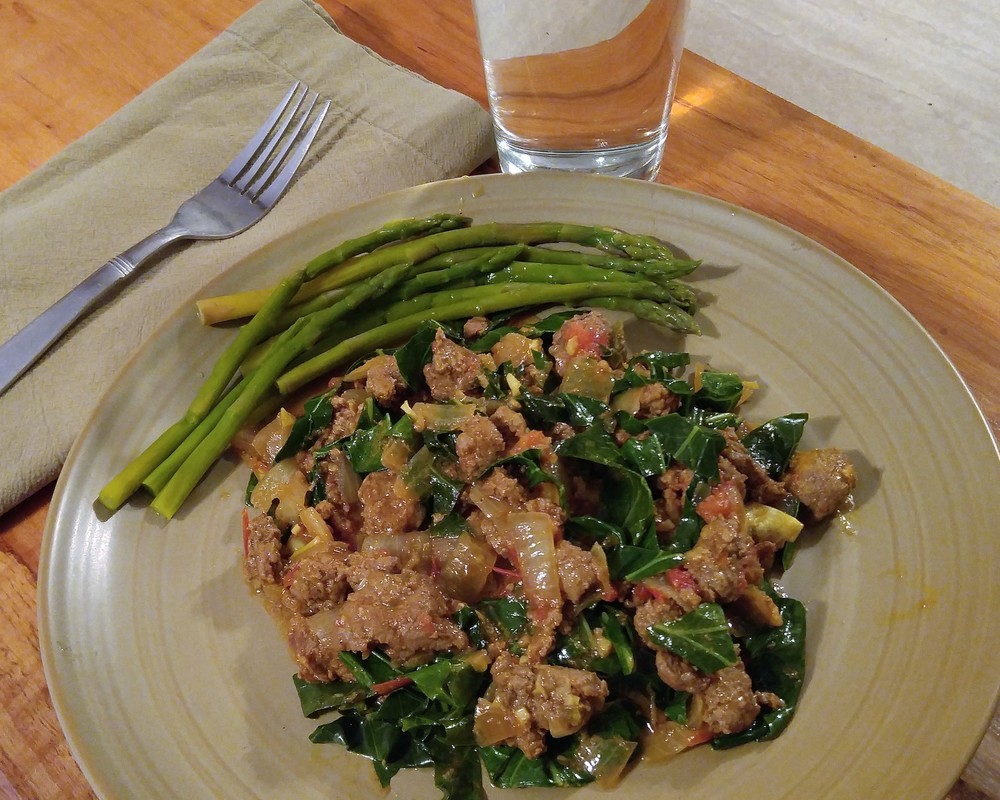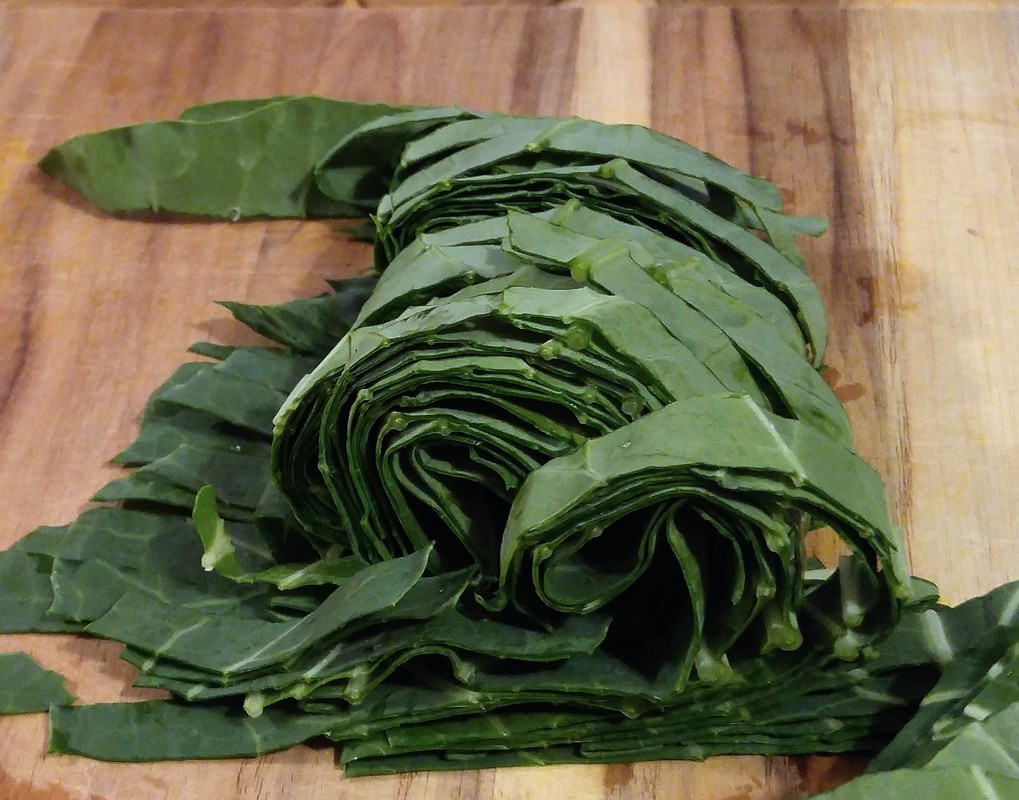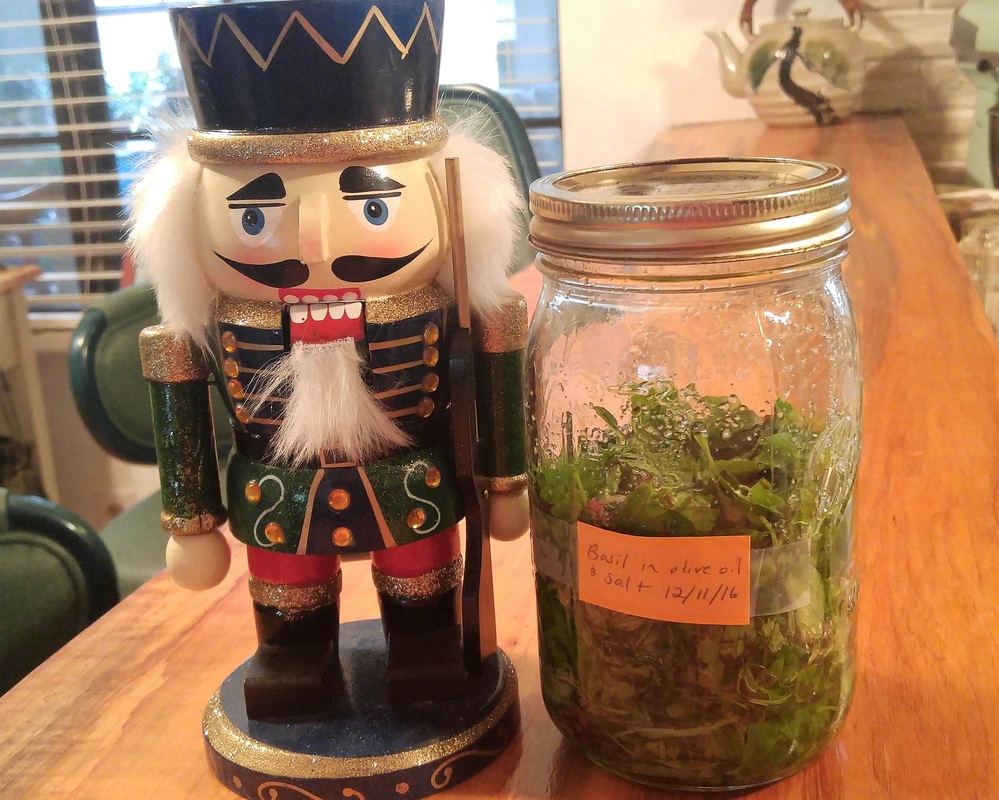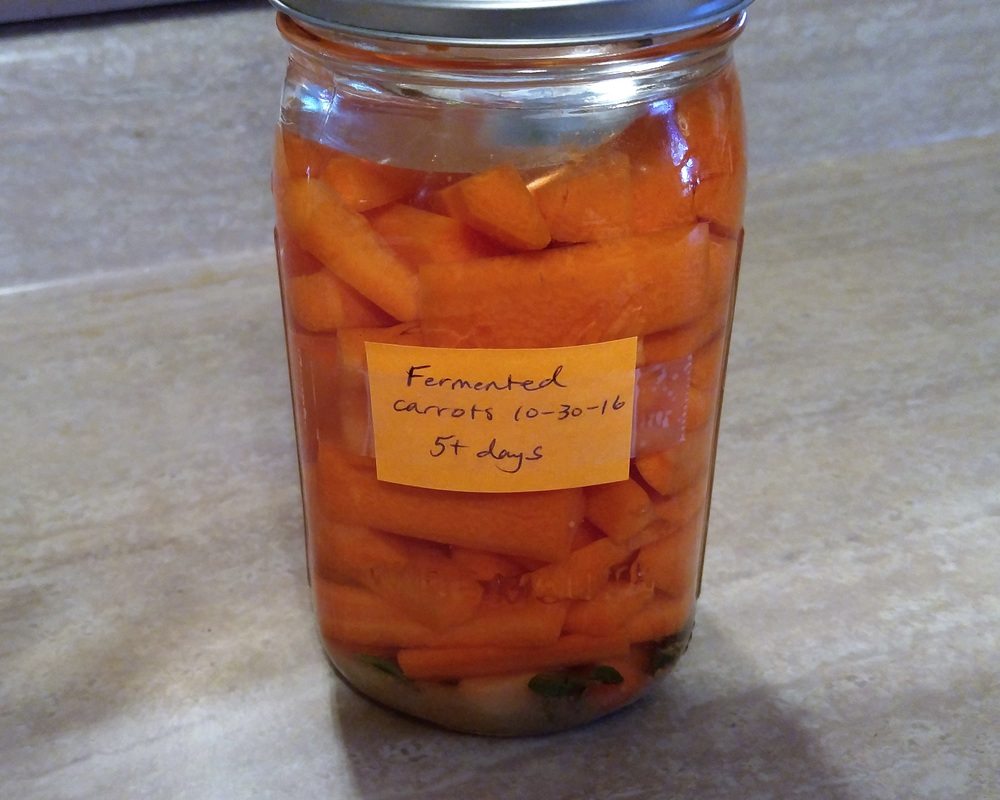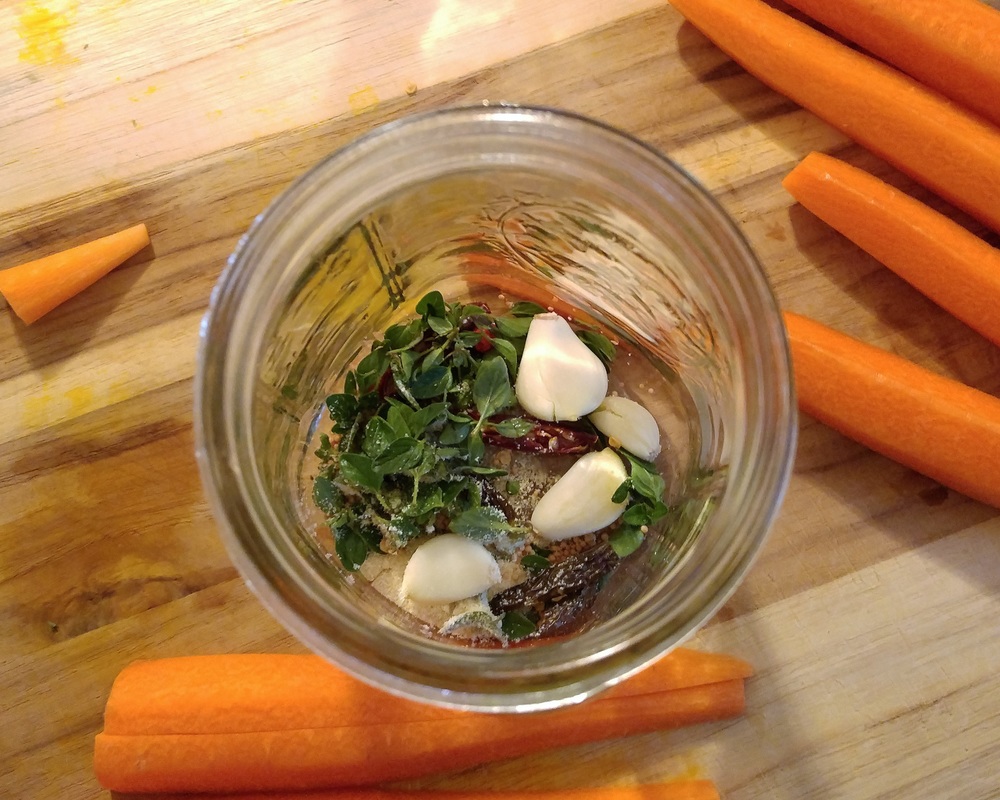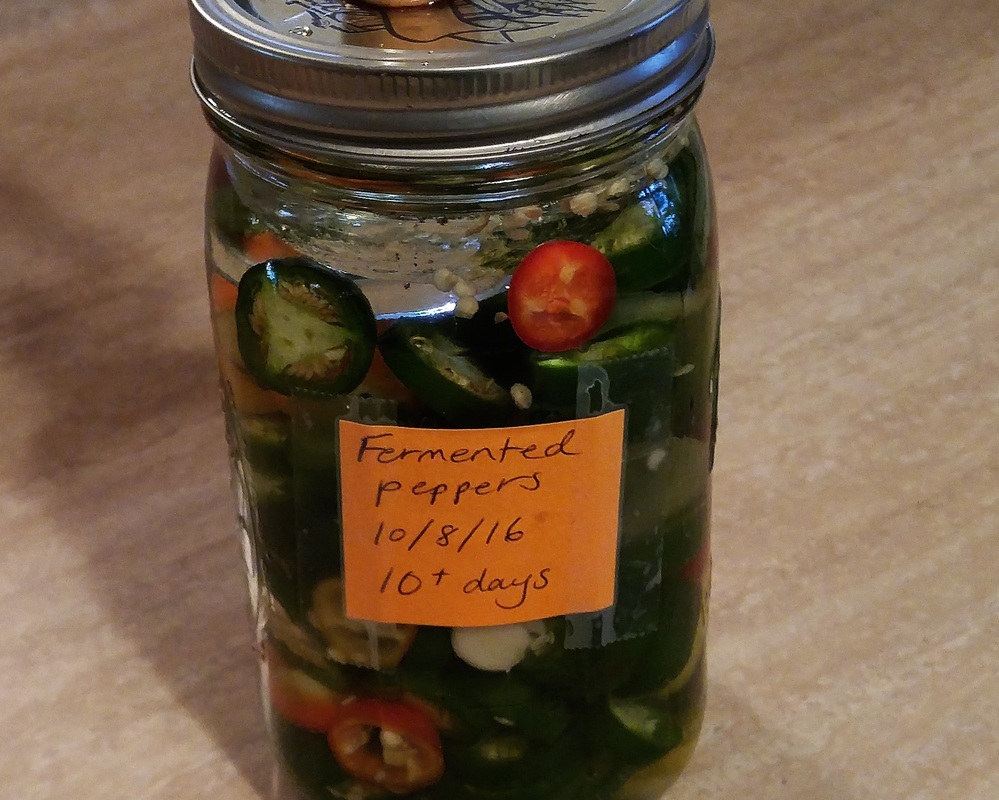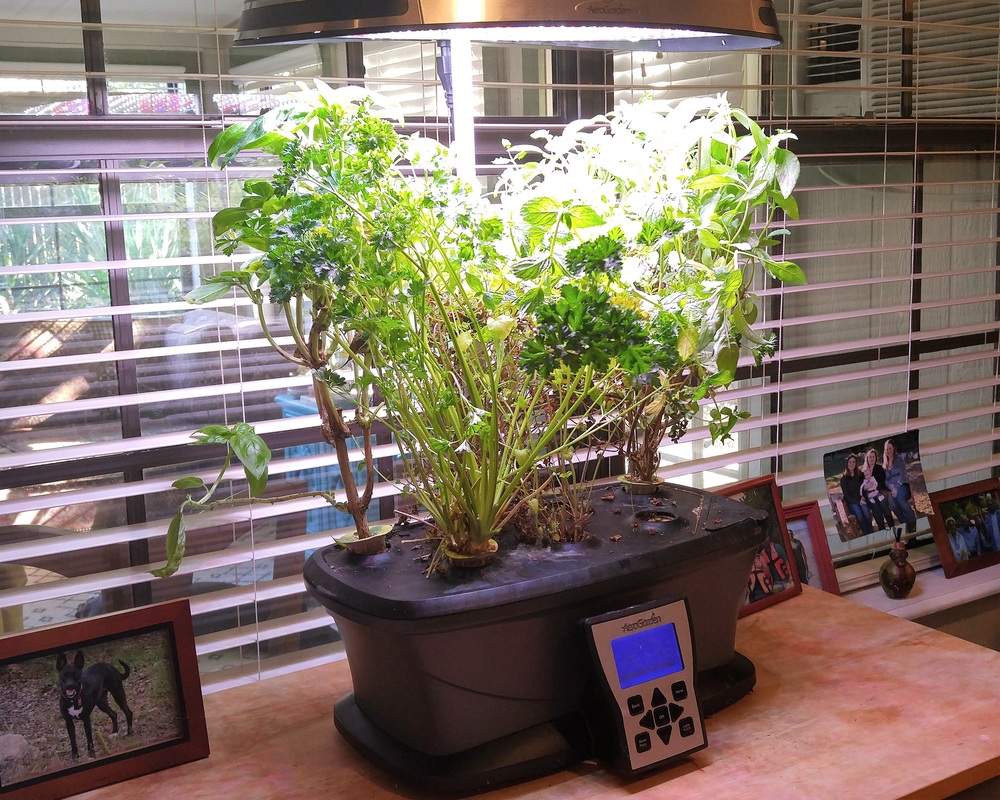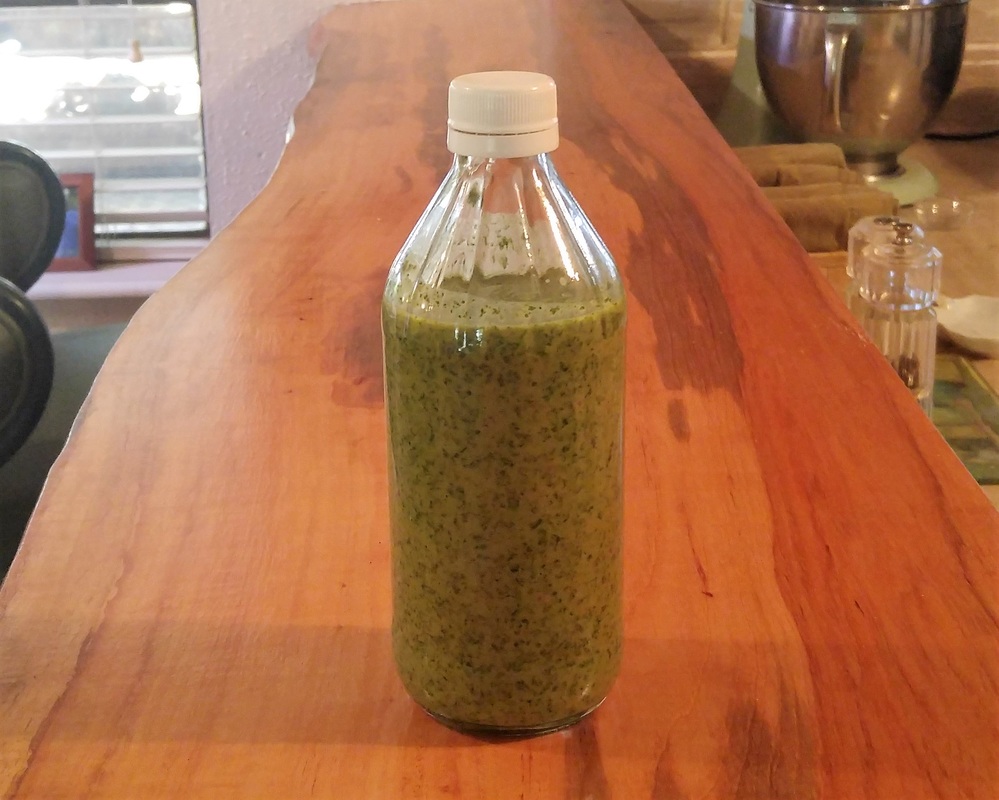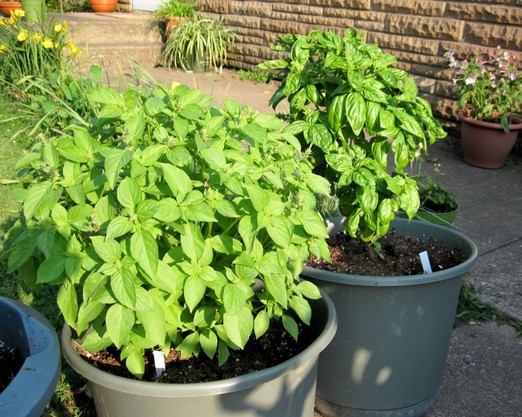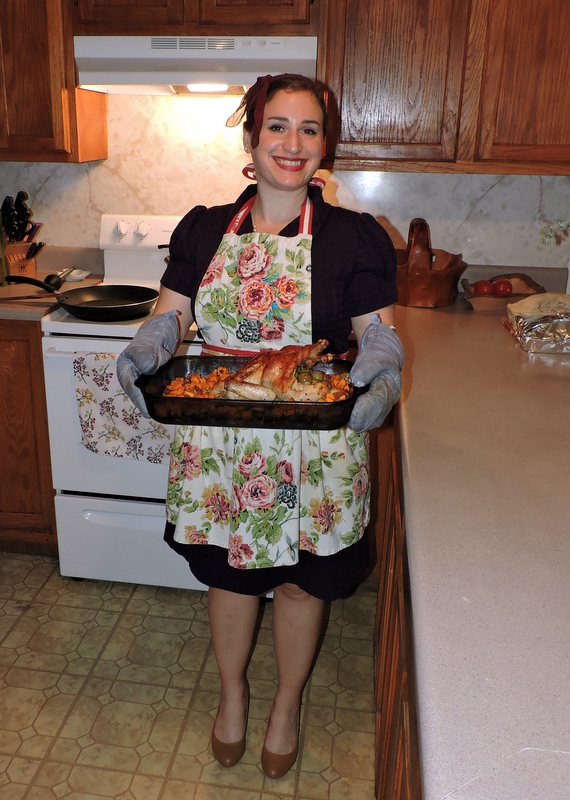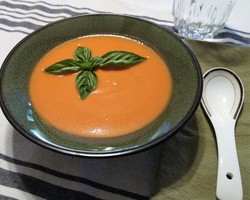 There’s nothing better to do with a surplus of homegrown tomatoes than make tomato soup. I can only eat so many of them fresh. This year we have a super abundance of tomatoes. We harvested 25 pounds just in the last week! I will be making this soup a lot this summer. So much so that I decided to buy a food mill to make the straining step easier.
0 Comments
A few (not all) of our harvests over the last week: We moved into our house in March 2016. Since then, we have been busy as beavers setting up our space. The 1/3-acre yard came with a 100-square foot garden bed, complete with a blackberry bush and an orange tree. All last summer, we thought it was a lime tree. We ate the green fruits quite a few times, and were disappointed in the poor flavor. Then, late in the year, the flesh inside turned orange. I identified them as Rangpur limes. They still weren’t very good. Around October, the whole fruits turned orange, they became juicy and sweet, and we finally realized they were oranges the whole time! There were hardly any fruits left by that point. Whoops! We’ve also planted a fig tree and a pomegranate tree, and we have room for at least two more fruit trees.
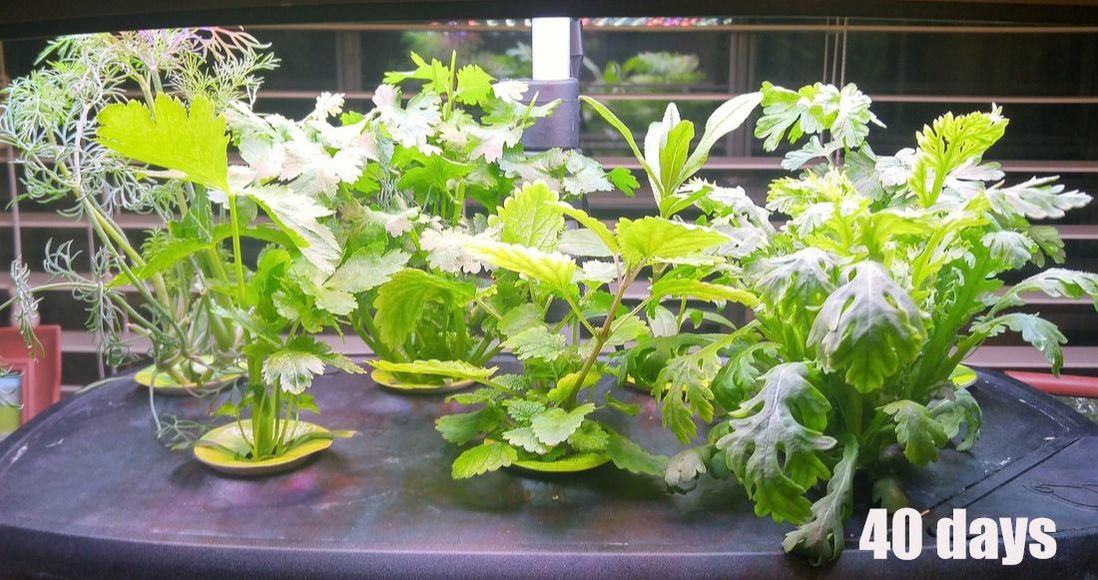 This is our second go-round with the Aerogarden. Round one was a fantastic success. We grew our first set of herbs in it for almost a year. This time, I decided to document the growth of the garden along the way. We planted seven different herbs in in it: dill, cilantro, parsley, tarragon, lemon balm, shungiku, and mitsuba. Some of them are familiar to us, others new adventures. The Aerogarden website offers a lot of different herbs. You can also grow tomatoes, peppers, flowers, and other plants. 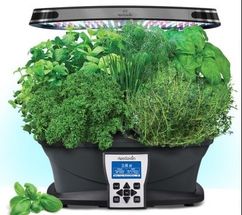 In this post, I'll tell you a bit about how the garden works and what we chose to grow. Image from the Aerogarden website This is my favorite collard greens recipe. The blend of spices with the ground meat (lamb or beef- both work well), tomatoes, and collards is an adventure for the taste buds. I find heavily spiced dishes like this invigorating and satisfying. I made this for our first dinner on the Whole30 diet. It is free of grains, dairy, added sugar, and legumes. It is wholesome, filling, and delicious. I’ve already enjoyed eating leftovers twice for lunch.
At the end of the growing season I am always left with a ton of basil. A great way to preserve the leaves is to keep them in the fridge, covered in olive oil and salt. They will keep for many months this way. I use them in any cooked dish that won’t mind a little extra oil. They are great in a stir fry, mixed with roasted meat and veggies, or in one my favorite dishes, Ezekiel’s chicken.
Fermented carrots are super yummy, like carrot pickles. They make a great healthy snack, side dish, or addition to salad. They are packed with vitamins and gut-friendly bacteria. Different herbs and spices can be added to flavor them however you like. I often use dill, which gives them a familiar and approachable dill pickle-like flavor. This time, I used spicier ingredients with a Tex-Mex flair: hot peppers, garlic, onion powder, mustard seeds, and oregano.
This recipe for fermented peppers is my absolute favorite ferment. I make it with the abundance of peppers I grow in my garden each year. It works for any kind of pepper. I have used jalapeños, banana peppers, poblanos, and Rio Grande Golds, to name a few. They come out a bit like the pickled pepperoncinis that often come with pizza. I use them in sandwiches, salads, rice or quinoa dishes, and many other ways.
Fermentation is all the rage because of its wide array of health benefits, especially in providing probiotic bacteria that are good for digestion. This will just be a short delve into fermentation basics with some helpful links to explore. Fermentation is a type of pickling. You put food in a jar, cover it in brine, and wait for the natural bacteria to digest the food, enhancing its vitamin content and providing an abundance of probiotic bacteria that will benefit your gut when consumed. You use a saltwater brine to preserve and protect the food while it ferments. This is different than vinegar pickles or any type of canned pickles. Vinegar contains different organisms that aren’t as good for you (they’re not bad though) or no organisms at all. Canning methods use submersion in a hot water bath, which kills the beneficial bacteria desired in fermentation. Pretty much any kind of fruit or vegetable can be pickled through fermentation. The result is tangy and sour. Think sauerkraut, kimchi, and traditional dill pickles. We got the fantastic Aerogarden last year as a gift. It’s a hydroponic garden with a digital display that tells you when to add fertilizer and water. The lights are programmed to go on and off on a daily cycle. It’s about as easy as gardening can be. Ours was meant for herbs, and came with a bunch of little pre-seeded pods that we inserted. We’ve been growing the same set of herbs for about 9 months now. We started with two kinds of basil, mint, parsley, chives, and cilantro. The chives never sprouted and the cilantro finished a few months ago. The basil, mint, and parsley are still going strong. We can hardly keep up! We’re always looking for ways to use the abundance of herbs.
Growing your own herbs is the easiest and most beneficial type of edible gardening you can do on a small scale. You don’t need much space, time, or money to grow herbs, and if you like to cook, you will use them nearly every day. Basil is one of my favorite herbs. I am currently growing two types, Genovese and lemon, and I use them all the time. Yesterday, I put torn basil leaves all over my delivery pizza. See, you don’t even have to cook to use garden herbs.
These tips are for growing basil both in containers and in the ground. I’ve successfully grown basil using these guidelines in diverse climates all over the country- south Texas, the Pacific Northwest, and southern Illinois. |
AuthorMy name is Hillary. This blog is about the everyday food I prepare in my kitchen, with tips and recipes for easy, wholesome, and diet friendly meals. I have been chanting "cheese please!" since I was a toddler, although lately I've cut back on dairy. Archives
June 2018
Categories
All
|
